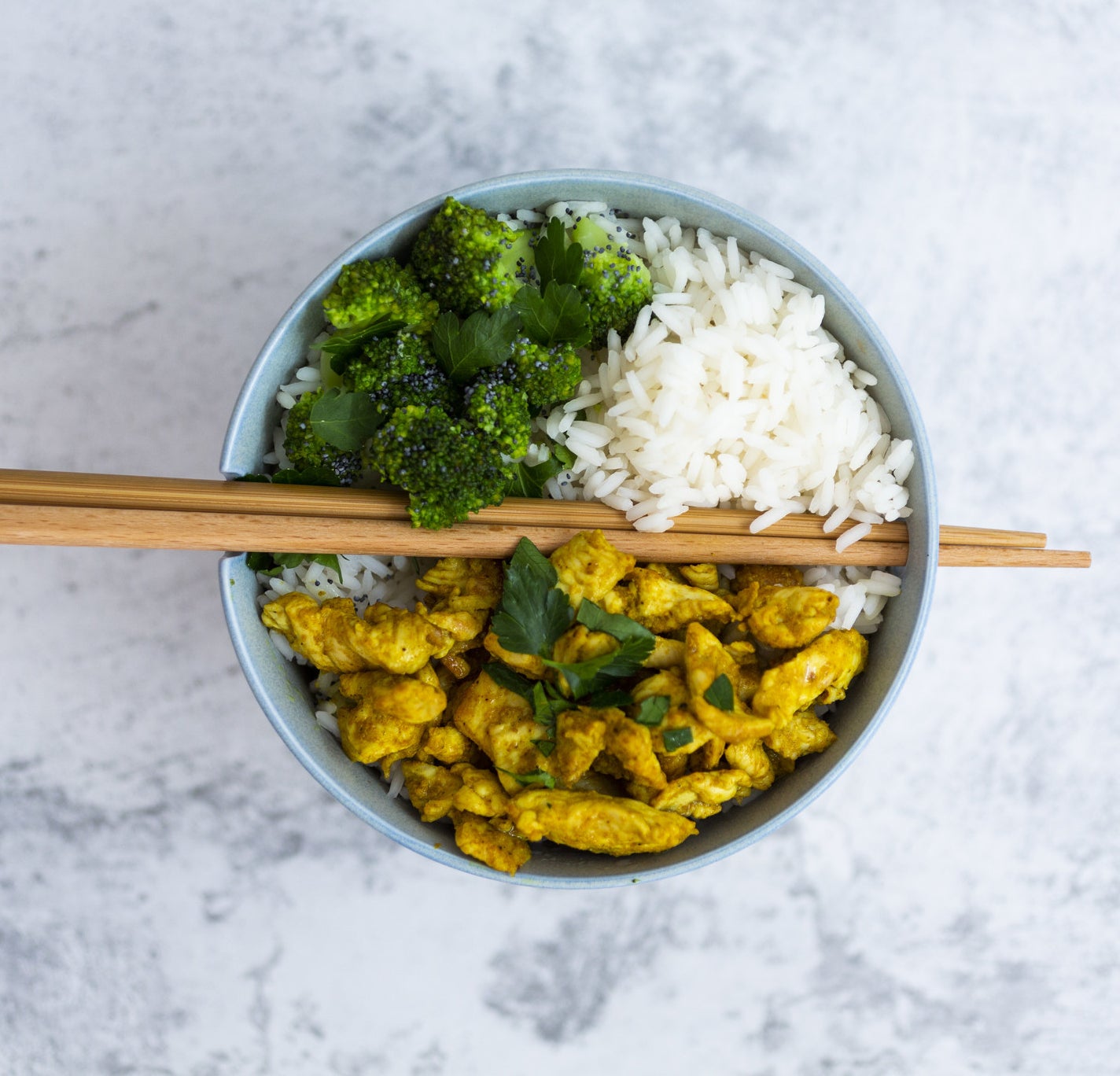"This Is A Tried-And-True Tactic For Me": People Are Sharing Their Best Practical And Money-Saving Tips For Cooking Satisfying Meals On A Budget
"I always keep my freezer stocked with a few reliable staples for when I don't feel like cooking. Generally, I have things like frozen broccoli to bulk up a box of mac 'n' cheese, fish sticks to make crispy fish tacos, and frozen shrimp to toss onto salad."
If you've been to the grocery store lately, you've probably noticed that your food budget is climbing and climbing. And no, you're not imagining it. But there are some creative ways to get smart about grocery shopping, meal prepping, and cooking in order to save money and eat well. So, I browsed through comments from the BuzzFeed Community and from the subreddit r/budgetcooking. Here are some useful tips.
1. "Keep in mind that your first grocery shop will probably be on the pricy side. If you're just getting started cooking for yourself more regularly, you may need to stock up on more things upfront. Expect to spend on your basic condiments, pantry items, and seasonings — but know that they will last you quite awhile."
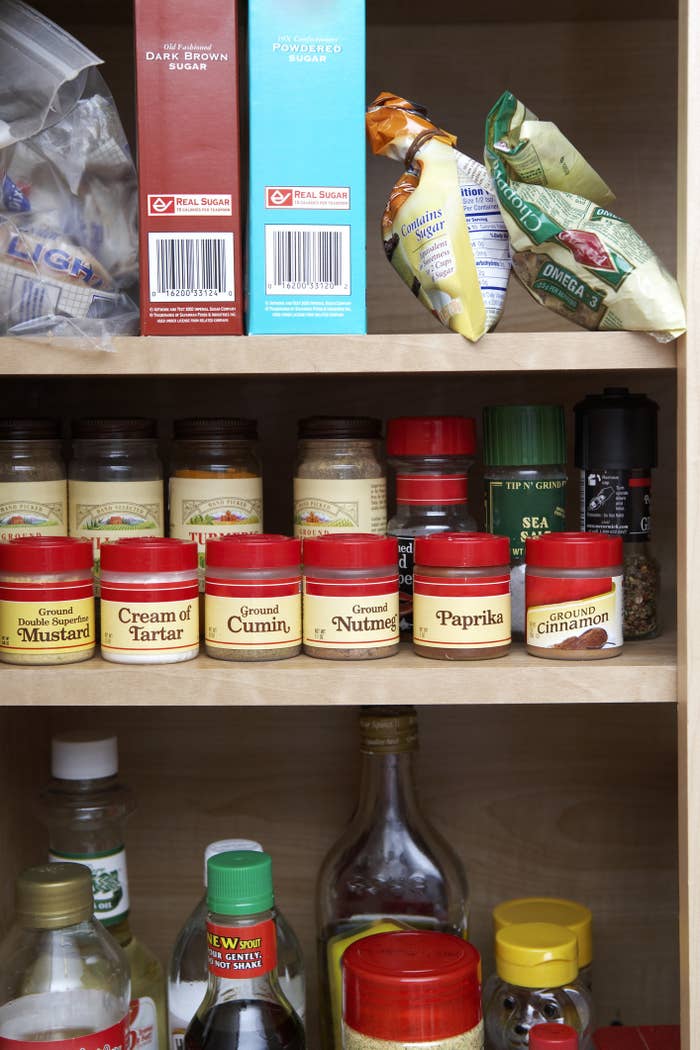
2. "I like to organize my grocery list so I don't forget things or waste too much time at the market. I organize based on where certain ingredients are located, such as produce, eggs/dairy, meat, canned goods, dry goods, frozen, and so on."
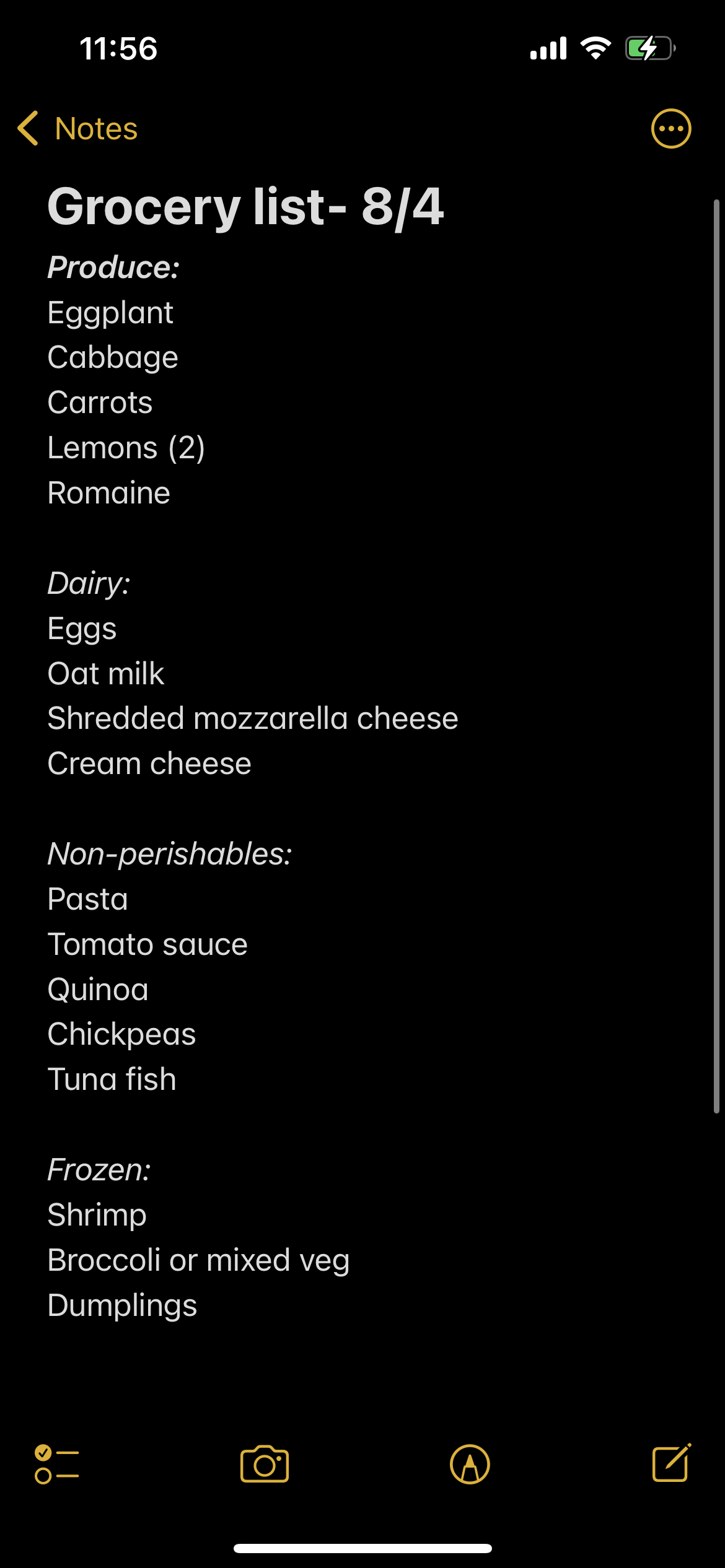
3. "Stock up on some frozen veggies — or freeze leftover fresh veggies once they're on the verge of going bad. Frozen vegetables are often just as nutritious as fresh ones...in fact, they're sometimes even more nutritious. If you keep some bags of your favorite vegetables in your freezer, you'll always have them on hand and don't have to worry about them going bad."
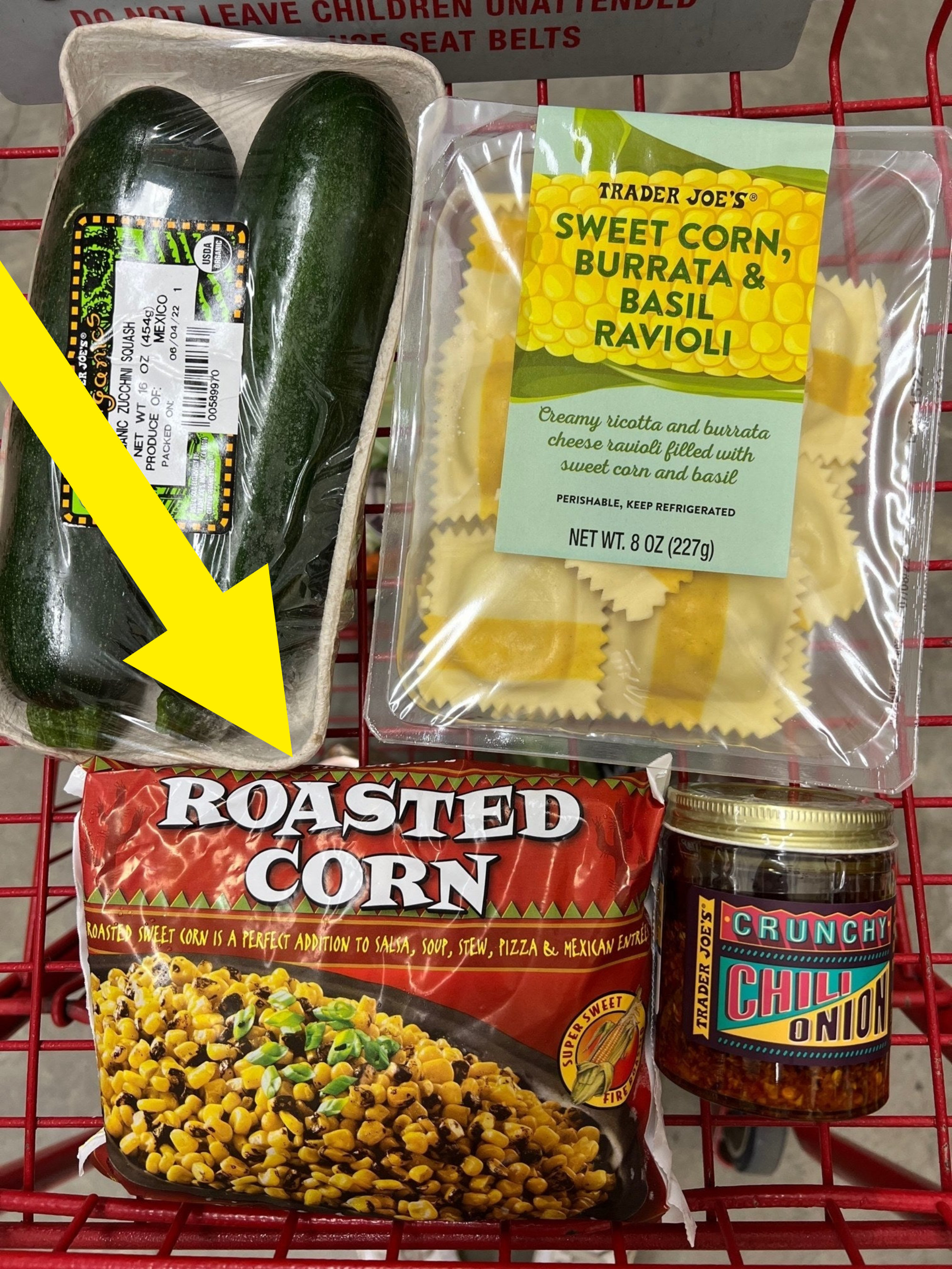
4. "If you’re shopping on a budget, many grocery stores have apps now that allow you to add coupons for ingredients you need. When you scan the app’s barcode at checkout, the coupons will apply."

5. "Sign up for a meal kit for a short time to get inspiration and learn how to cook. Many meal delivery kits have promotions for new customers. You can take advantage of deals and try them out. Keep the recipe cards because you can use them to make future meals."
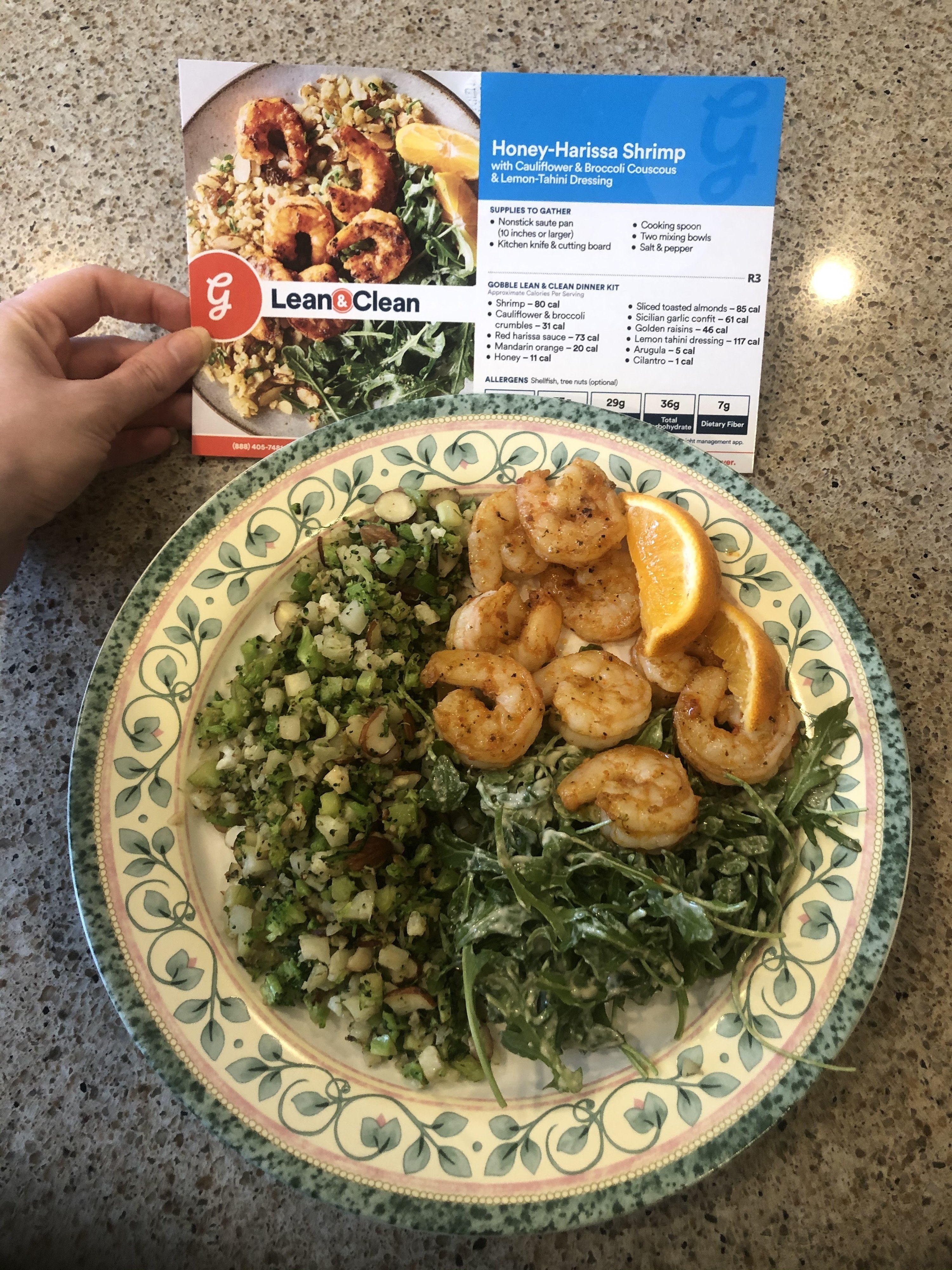
6. "Find a few quick recipes you love and master them. Think: easy, convenient meals like stir-fry, pasta, or a sheet pan dinner. Once you've made these meals enough, you'll be able to whip them up in no time. They will become perfect options for lazy nights when you don't feel like cooking or have no idea what to make."
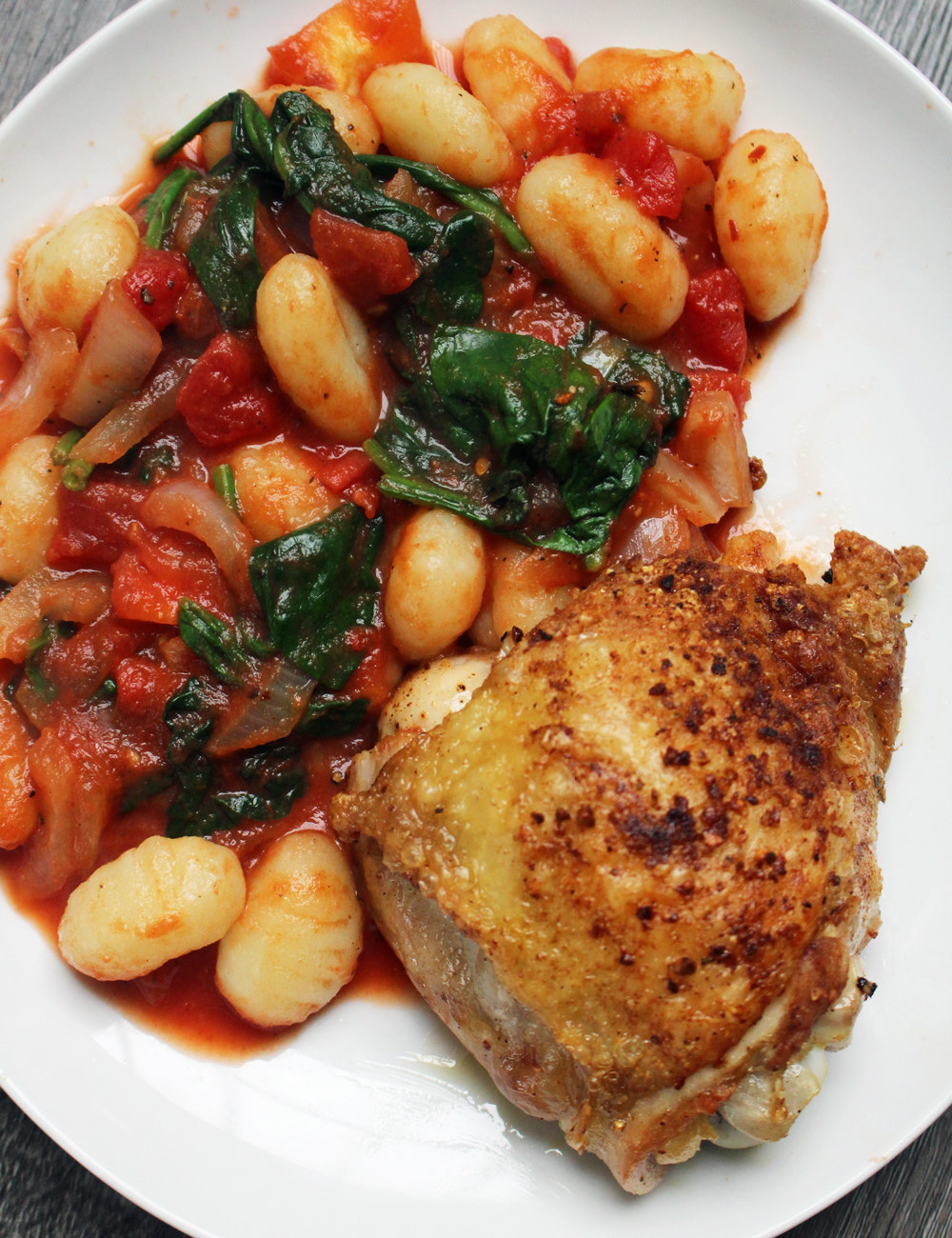
7. "Invest in a slow cooker. If you're away at school or work, this is especially useful. You can set your ingredients in the morning before class and let your Crockpot do the work for you. When you return in the evening, dinner will already be done. Plus, you can cook in big batches and meal prep the leftovers."

8. "I keep a mini-whiteboard in the kitchen so that I can note down anything I run out of or suddenly think of getting, that way I don’t forget. Then, I take a photo of it, and that’s my shopping list when I go to the store. I know there are better ways of grocery shopping, but this is a solid tactic that works for me."

9. "I always keep my freezer stocked with a few convenience meals that I know I can rely on if I don't have many fresh ingredients or just don't really feel like cooking. Generally, I have cauliflower crust pizza, fish sticks to make crispy fish tacos, frozen broccoli or another vegetable to bulk up a box of mac 'n' cheese, and frozen shrimp to toss onto salad."
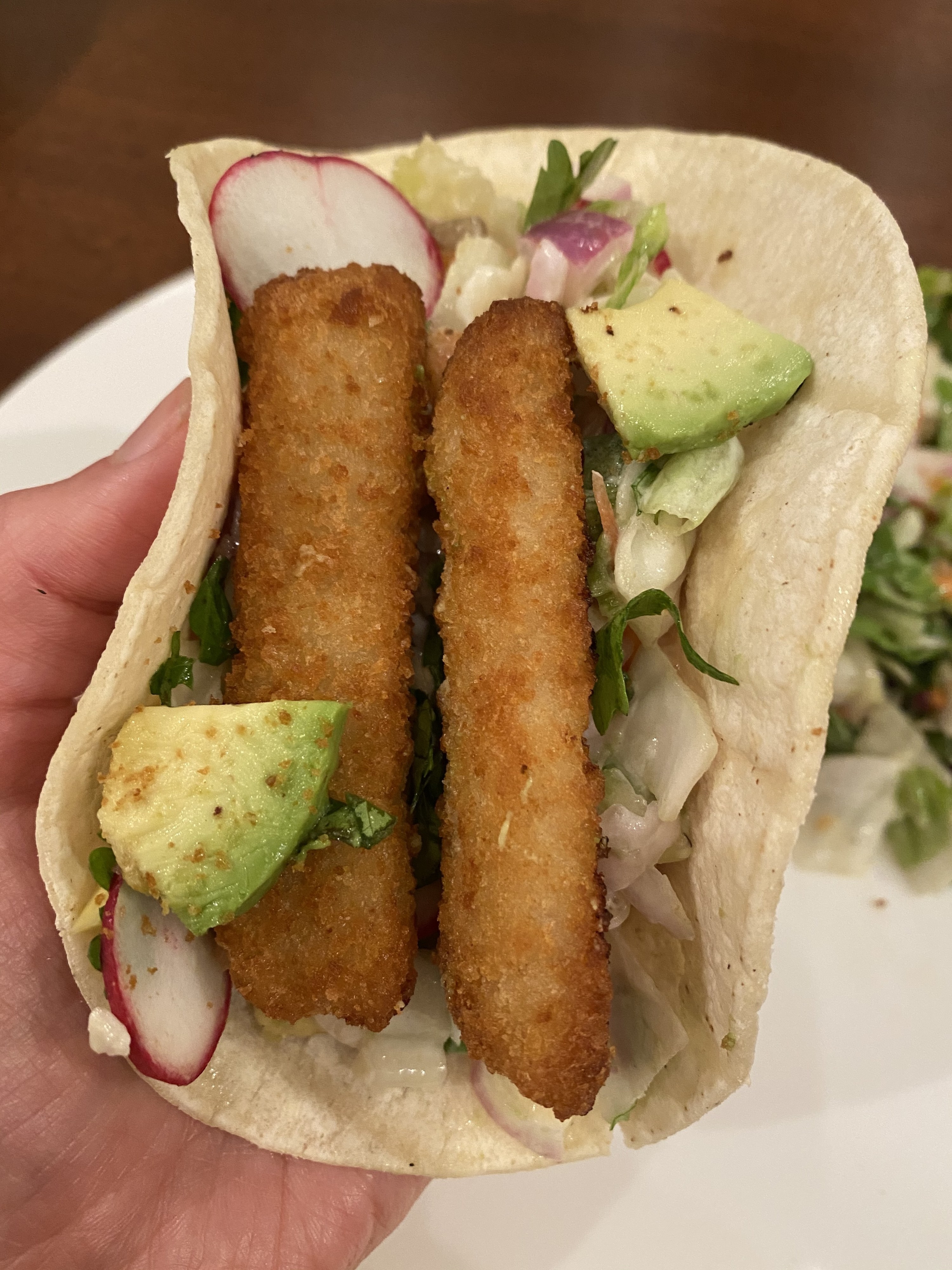
10. "Use a calculator while grocery shopping. It helps you prioritize what you really want in your cart. It also made me realize I spend a lot on junk food and not nearly enough on vegetables."
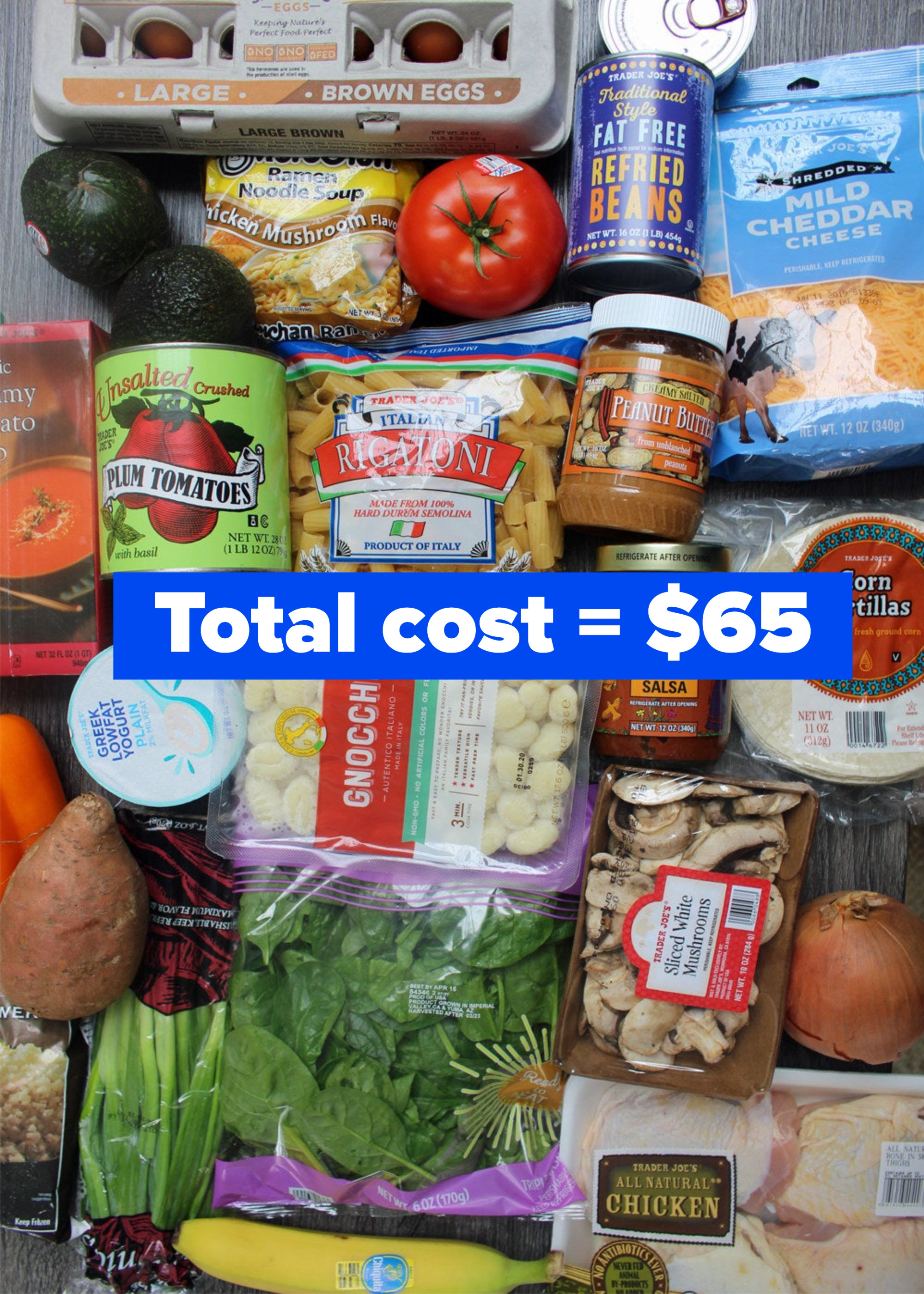
11. "Cook with friends! I lived in a house during my senior year of college, and my girlfriends and I would designate a few nights each week as meals we would cook together. We would decide on a recipe, split the cost of groceries, and cook all together (with a bottle or two of wine, of course). Not only was it a really fun social activity, but it was also way more affordable than going out to eat. Plus, we introduced one another to new recipes."
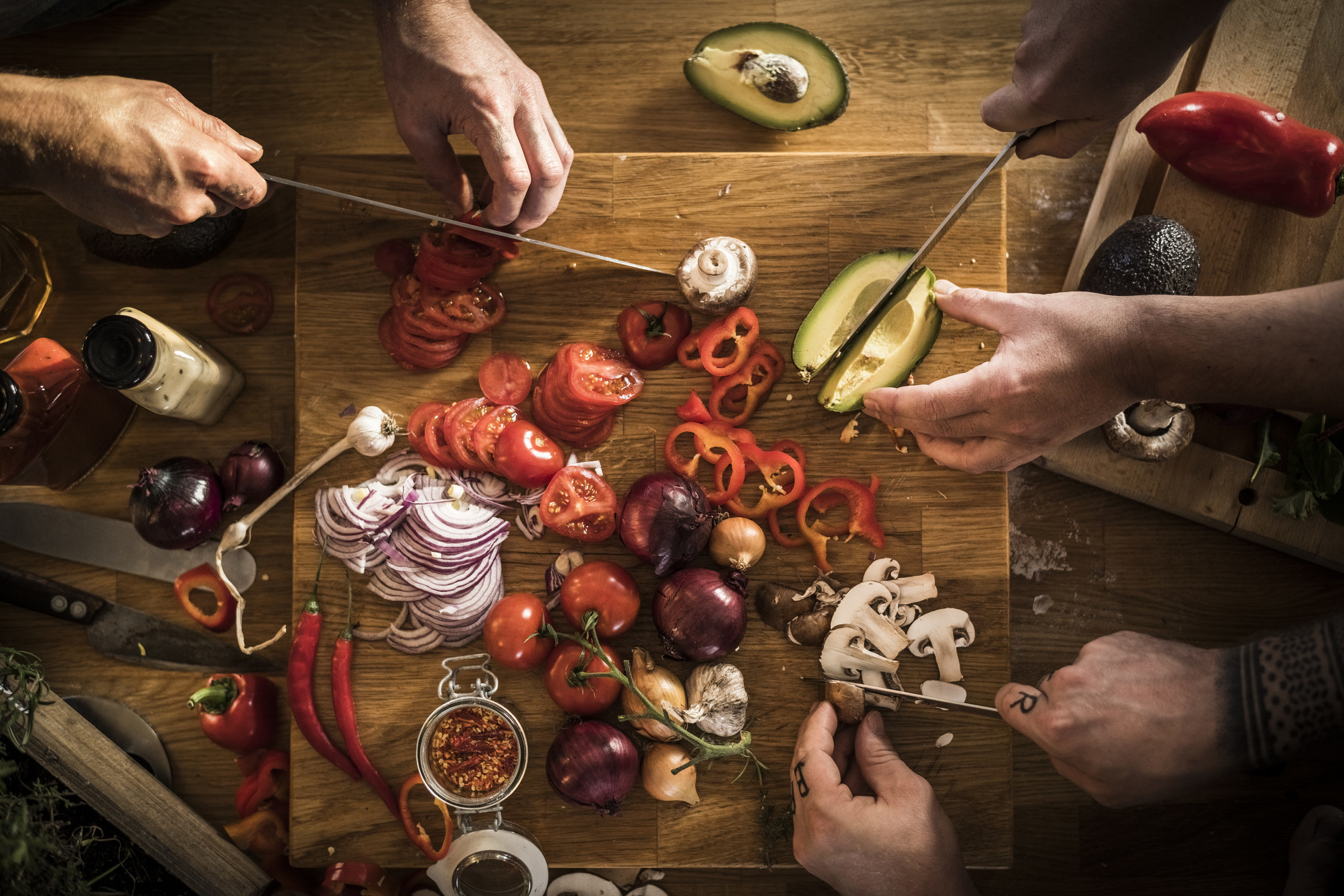
12. "Price-match if your grocery store allows it! Apps like Flipp let you view each grocery store's flyers so you can price-match and get the same items for cheaper. Have your price-matched items ready to help the cashier and make their job easier while you save money."
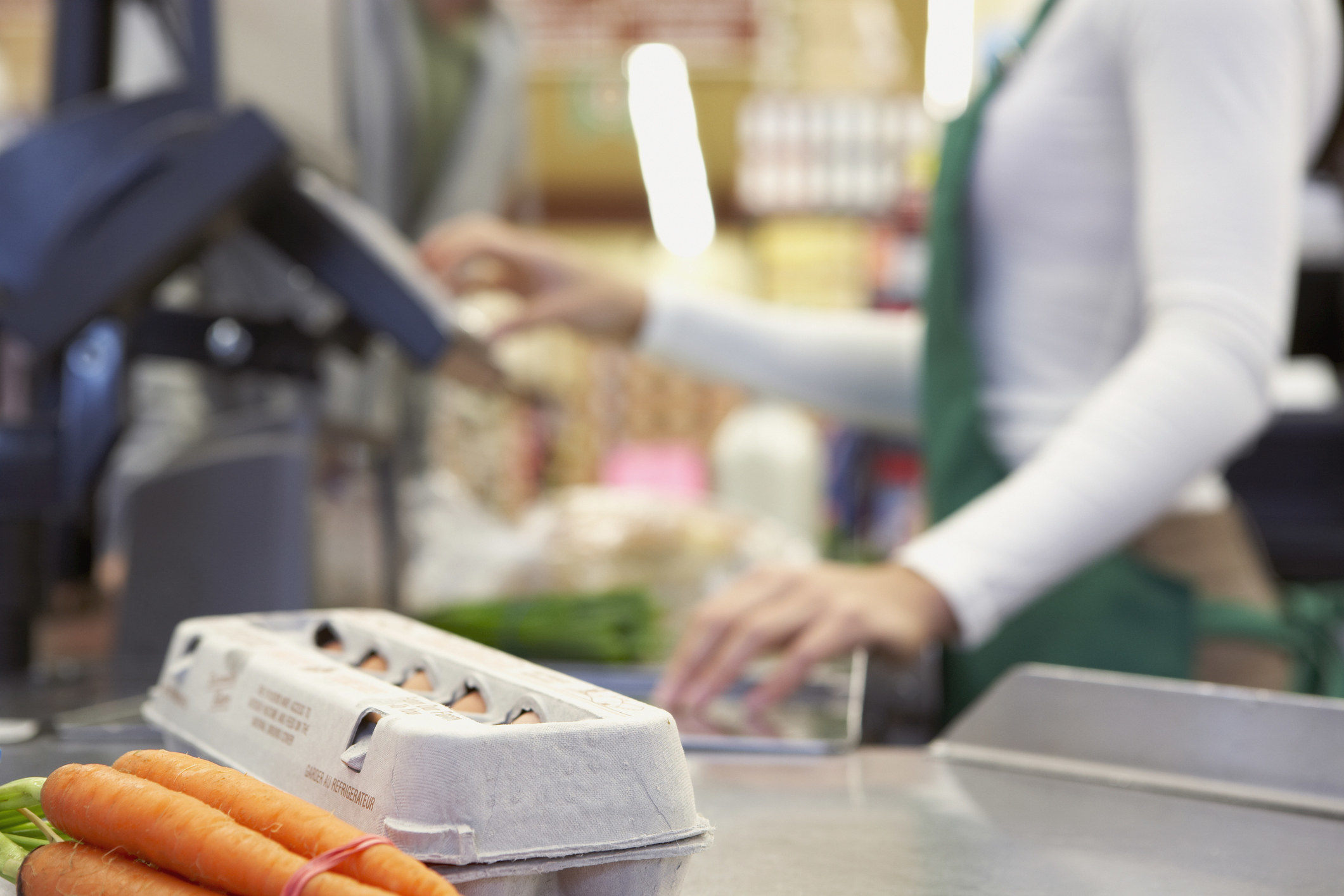
13. "For a breakfast you can make in advance and enjoy on the go, try overnight oats. All you need is a refrigerator, and there are so many different recipes and ingredients you can use depending on your favorite flavors."

14. "Adopting a store (or two) as 'yours.' Shop there every week. Get to know the structure of the store, learn where to find things and when certain ingredients get marked down, figure out when food is restocked and what prices generally are. I’ve shopped at the same Target almost every week for four years, so when prices went up due to inflation, it was very easy to identify which items were now not worth the price, and which were now a bargain. I also organize my grocery list according to the flow of the store."
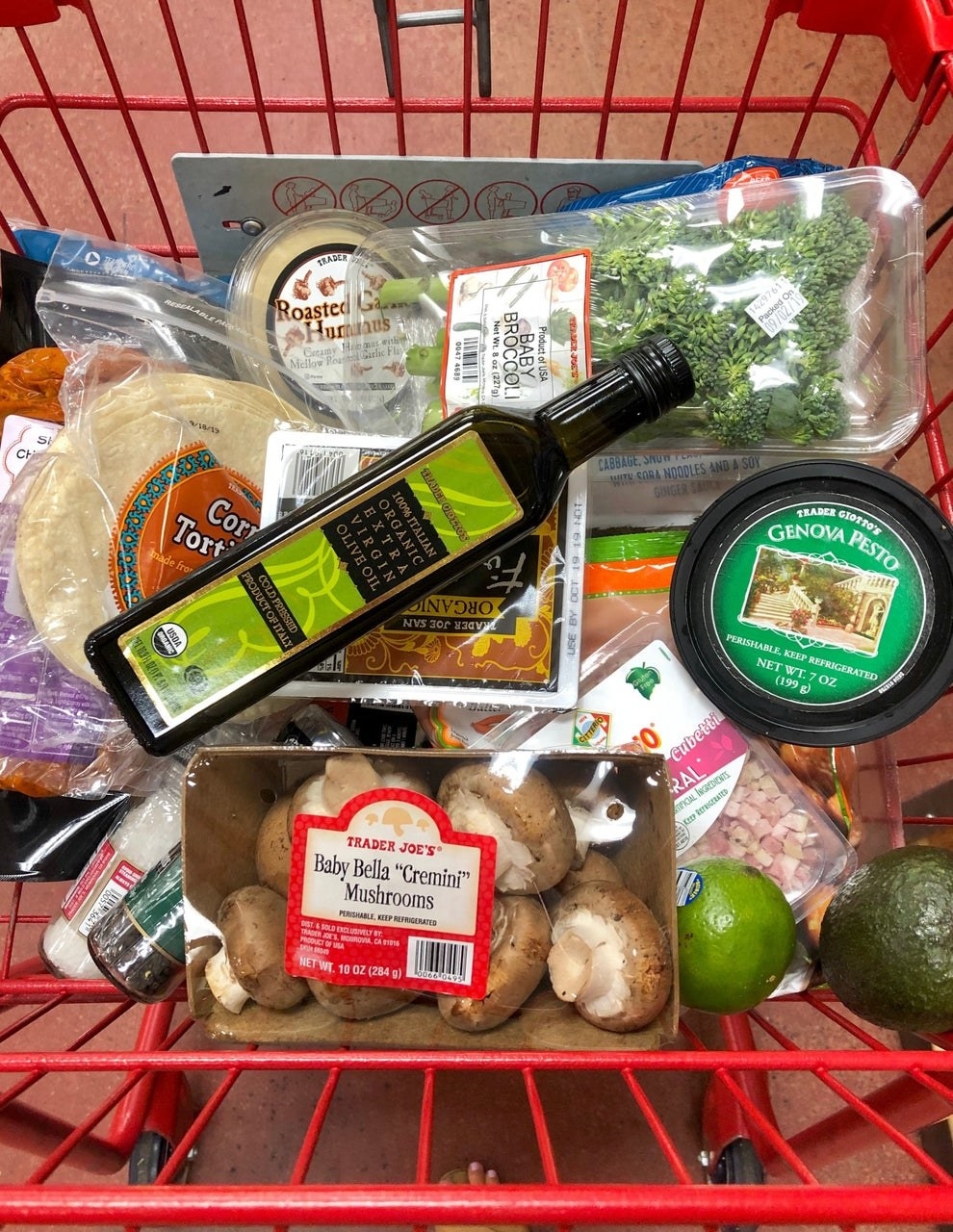
15. "Don't buy mini bags of pre-packaged snacks. It's cheaper to buy a big bag of things like chips and then package them yourself into smaller bags for lunches."
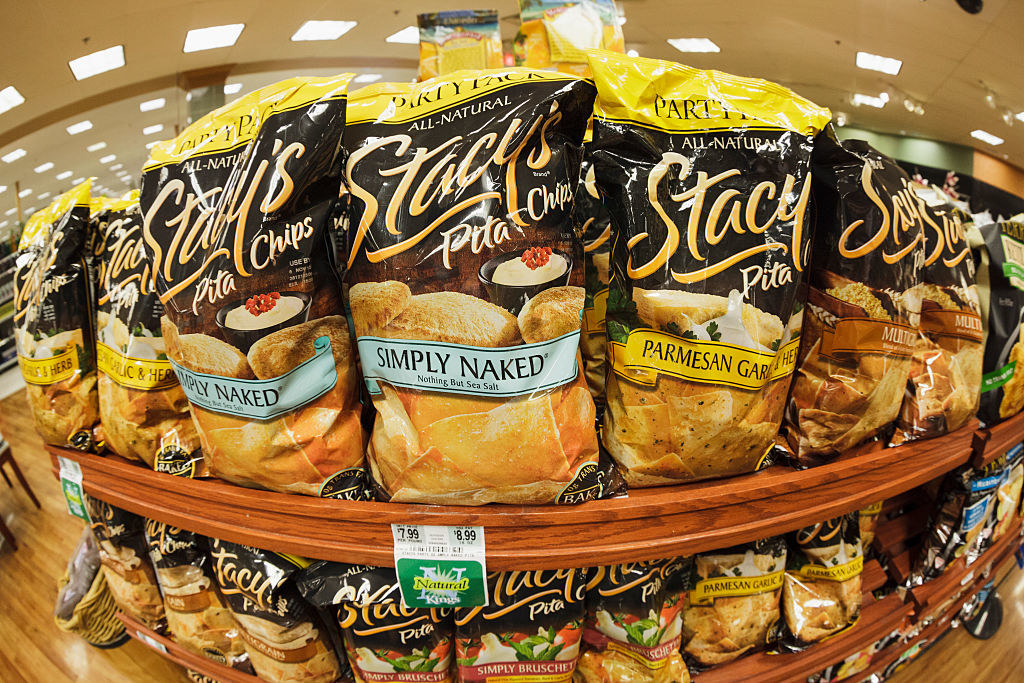
16. "Get a Keurig coffee machine. I bought one during my first semester, and it was a lifesaver. I saved so much money by not buying all of my coffee out, and I never had to deal with cleaning a coffee pot (which is a real challenge to do in a dorm bathroom sink)."

17. "Lately, I’ve been taking out a set amount of cash to take with me to the grocery store. This helps me to focus on only buying what I absolutely need since I only want to spend the cash on hand."
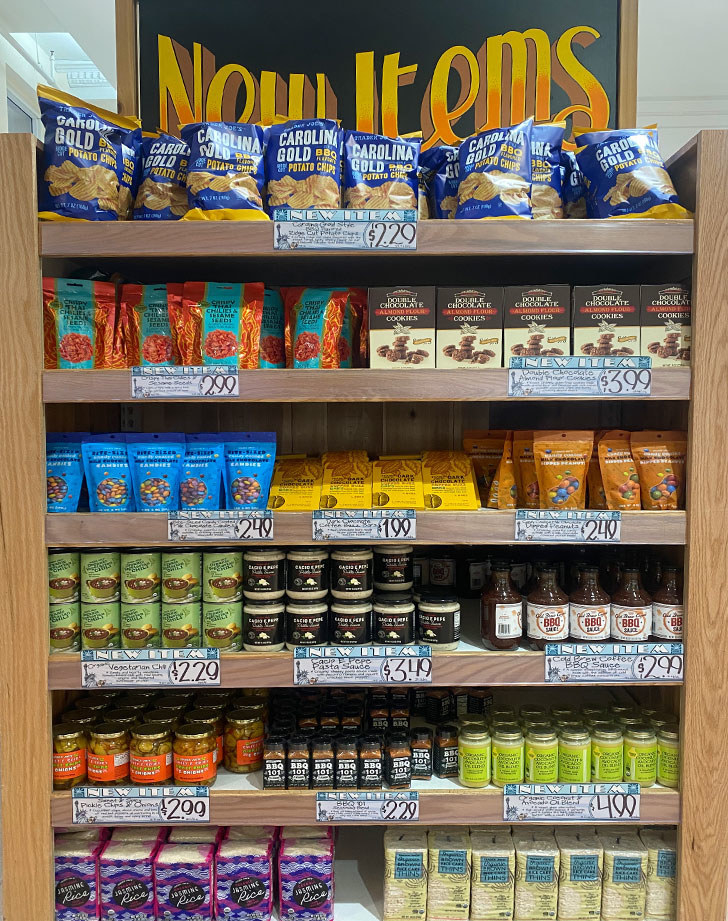
18. "If you want to ease into shopping and cooking, try Trader Joe's. Most of their frozen or pre-prepared food only needs you to do half the work, and you can get an idea what cooking from scratch is like. Also, their products are normally well-priced."
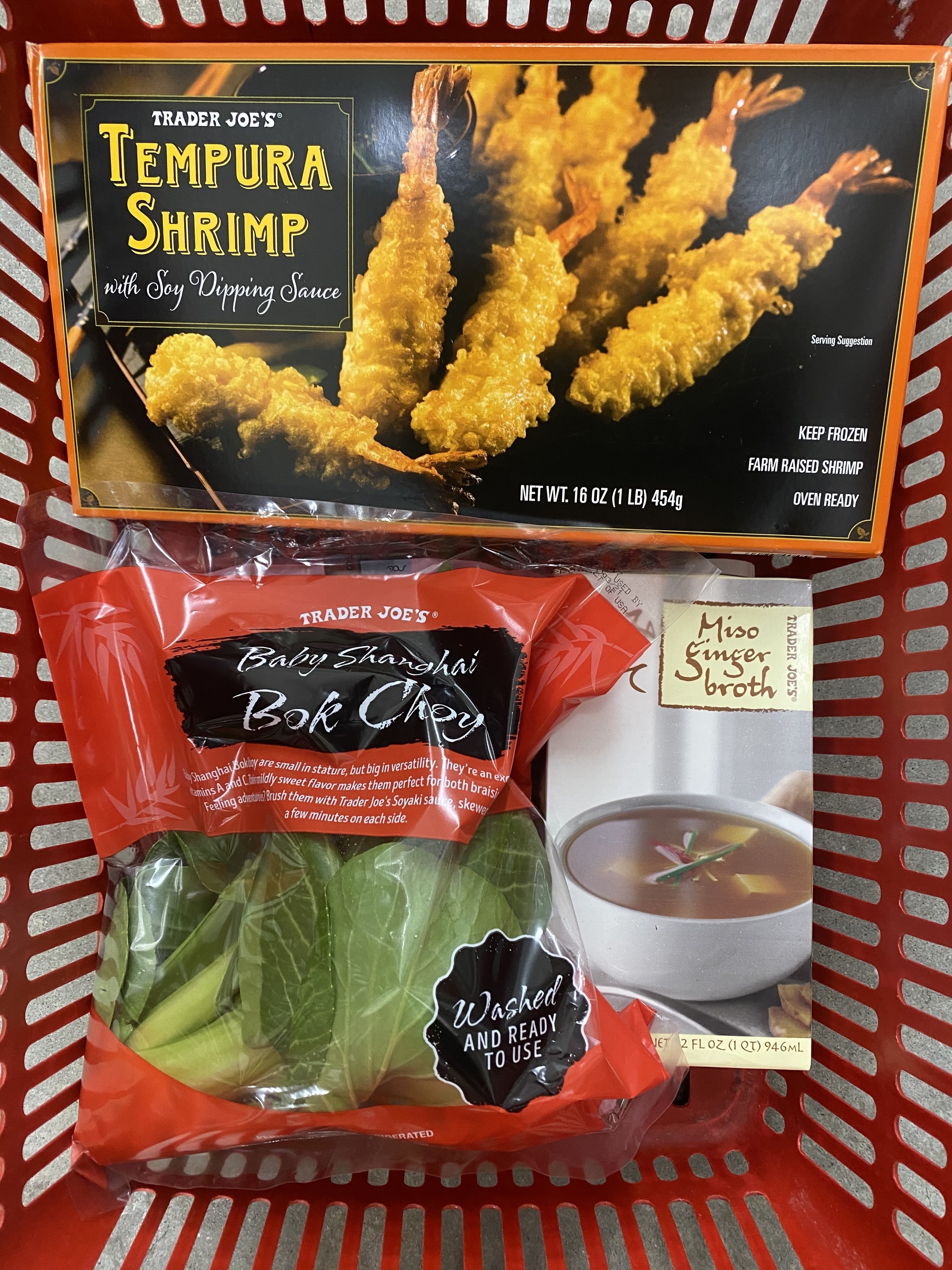
19. "Consider buying a rice cooker. When I was living in a dorm room, I had a small rice cooker that I put in the microwave (the electric kind wasn't allowed), and I used it at least three times a week. I mostly used it to make rice, but you can make quinoa or even steam some vegetables if you’re feeling ambitious. It was nice to be able to make a healthier meal for myself every now and then."
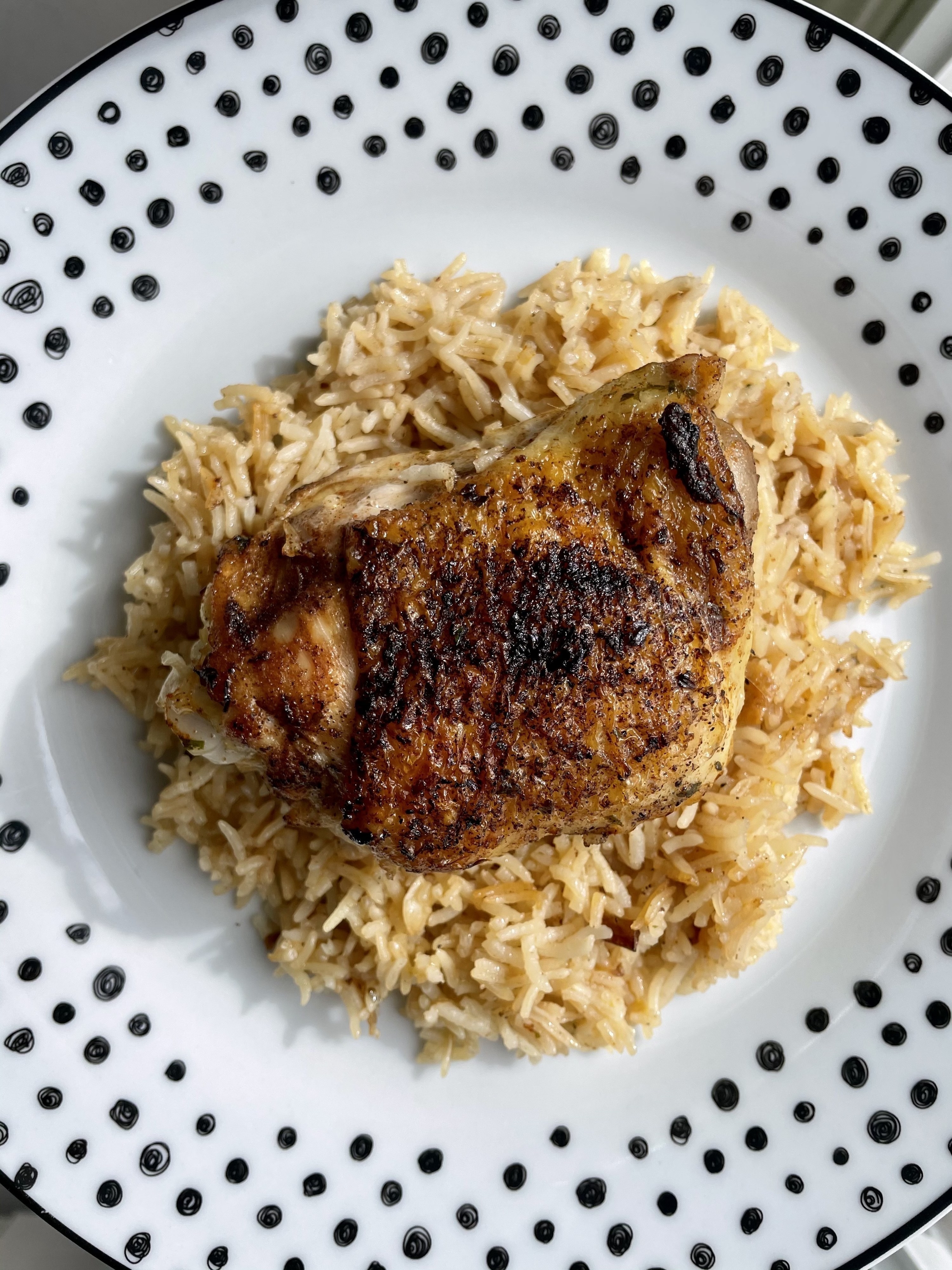
20. "Stop buying pre-cut vegetables, meat, and shredded cheese. They're like 75,439 times more expensive than their whole counterparts. Same goes for those pre-bagged salad kits."
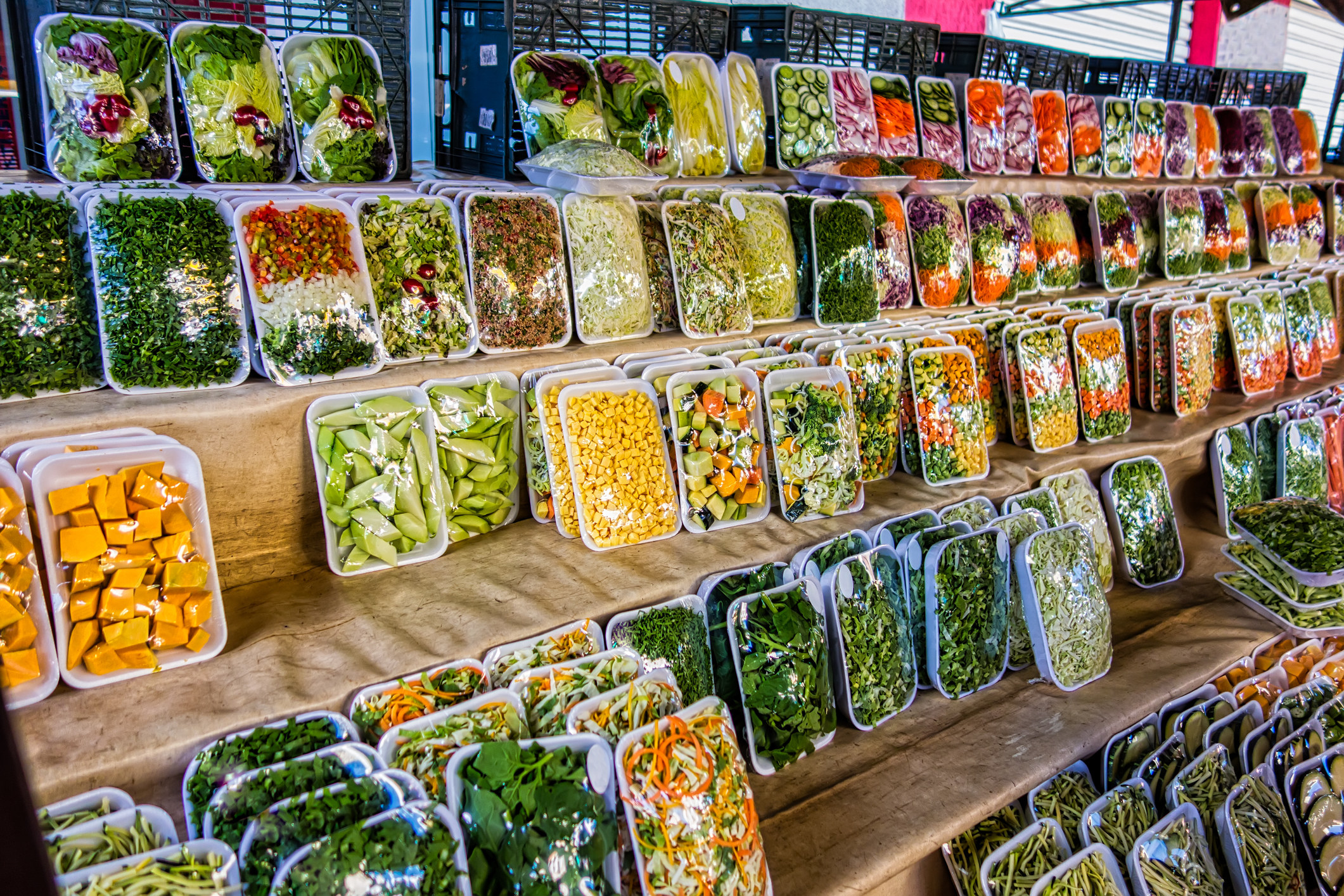
21. "Jazz up cheap, store-bought foods like instant ramen, frozen pizza, and boxed mac 'n' cheese into meals that feel fresh and exciting with just a few extra ingredients. For example, adding a poached egg, an additional veggie, and an exciting condiment like chili oil to instant ramen can go a long way."

22. "Embrace the magic that is store-bought rotisserie chicken. You can usually find it for cheap, and it's the gift that keeps on giving. You can repurpose rotisserie chicken in so many different meals whether it's chicken salad, tacos, chicken noodle soup, and SO much more."
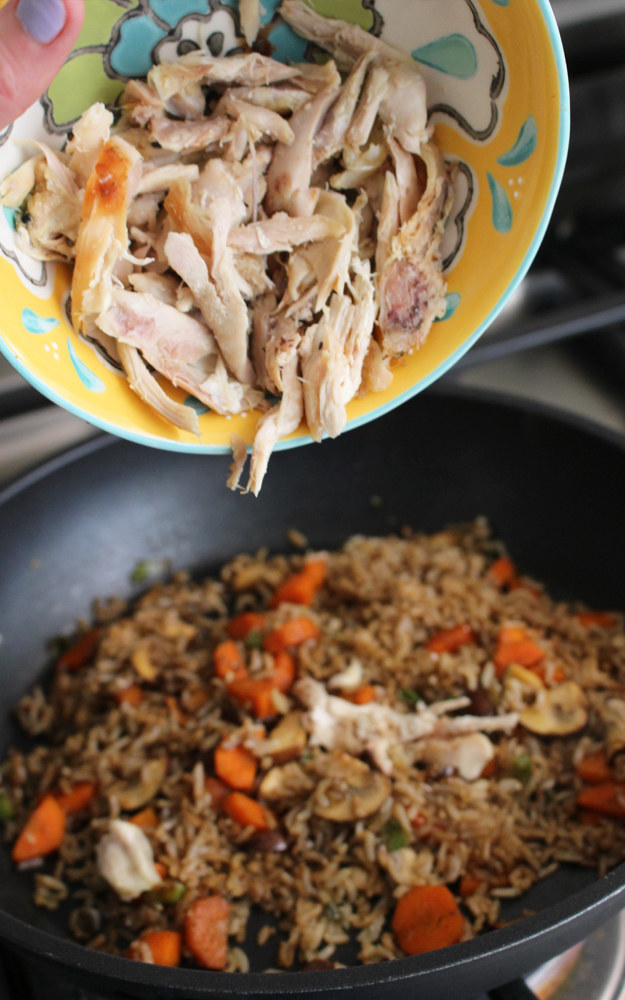
23. "Learn some basic recipes. Sure, that bag of flour might be expensive at first glance; however, you can make pancakes, waffles, biscuits, and more with it. Over time, you’re saving money by not having to buy frozen food every time you go to the market."

24. "If you are flexible with shopping times, check Google to see when the store is less busy — it tends to be easier (and less hectic) to shop when there are fewer people in the store, especially in the beginning while this is still new and you will likely want to take some extra time."

25. "Take advantage of microwave meals! Even if you're living in a dorm room and you only have access to a microwave, you can still cook for yourself. There are plenty of microwave meals online like this breakfast egg sandwich, loaded baked potato, single serve shakshuka, and even Sriracha salmon."
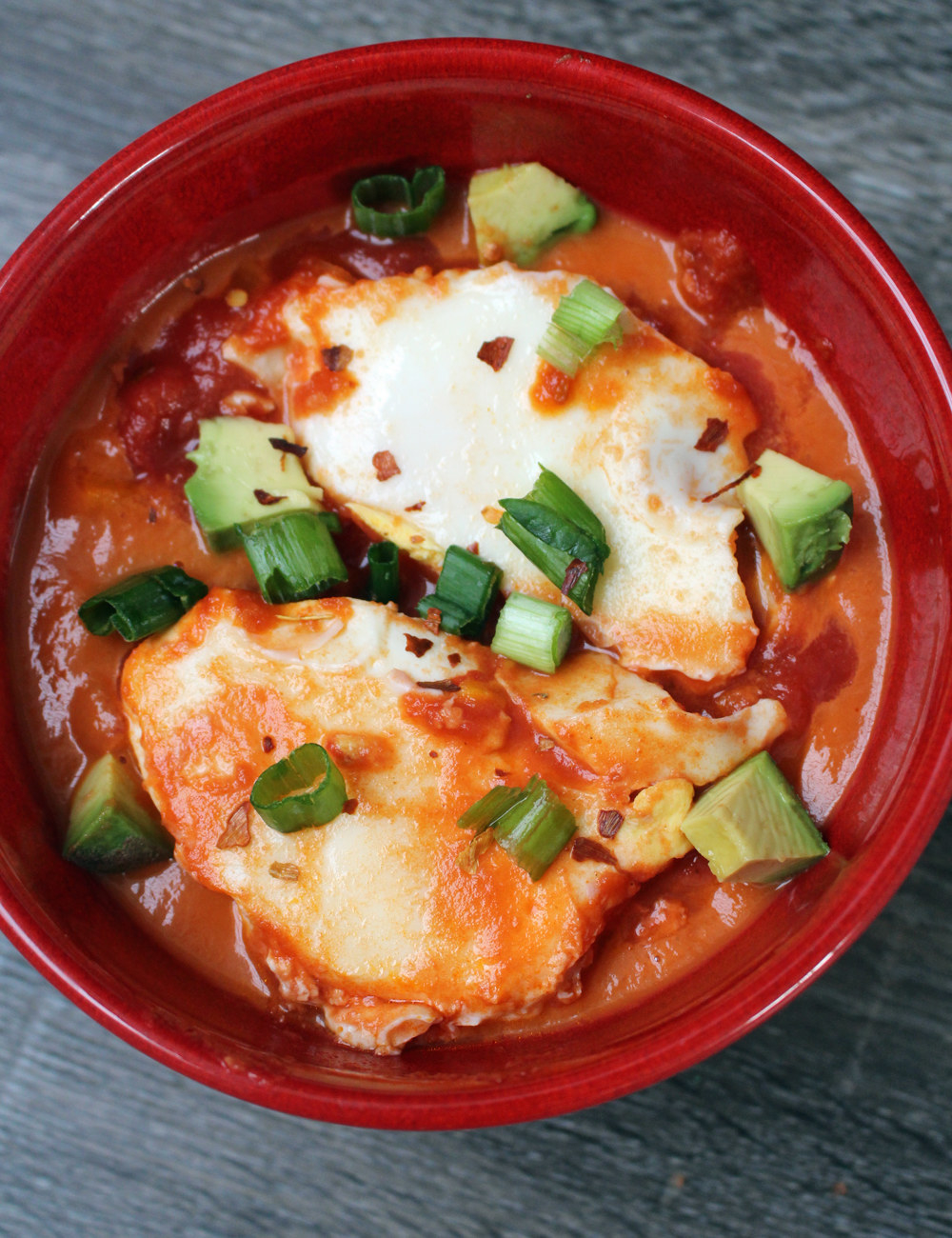
26. "Scan your fridge and cabinets, and inventory what you have on hand. Then, check what is on sale. Make a menu of recipes for the next week using as many items that you already have or are on sale, and make the list of items you need to buy."
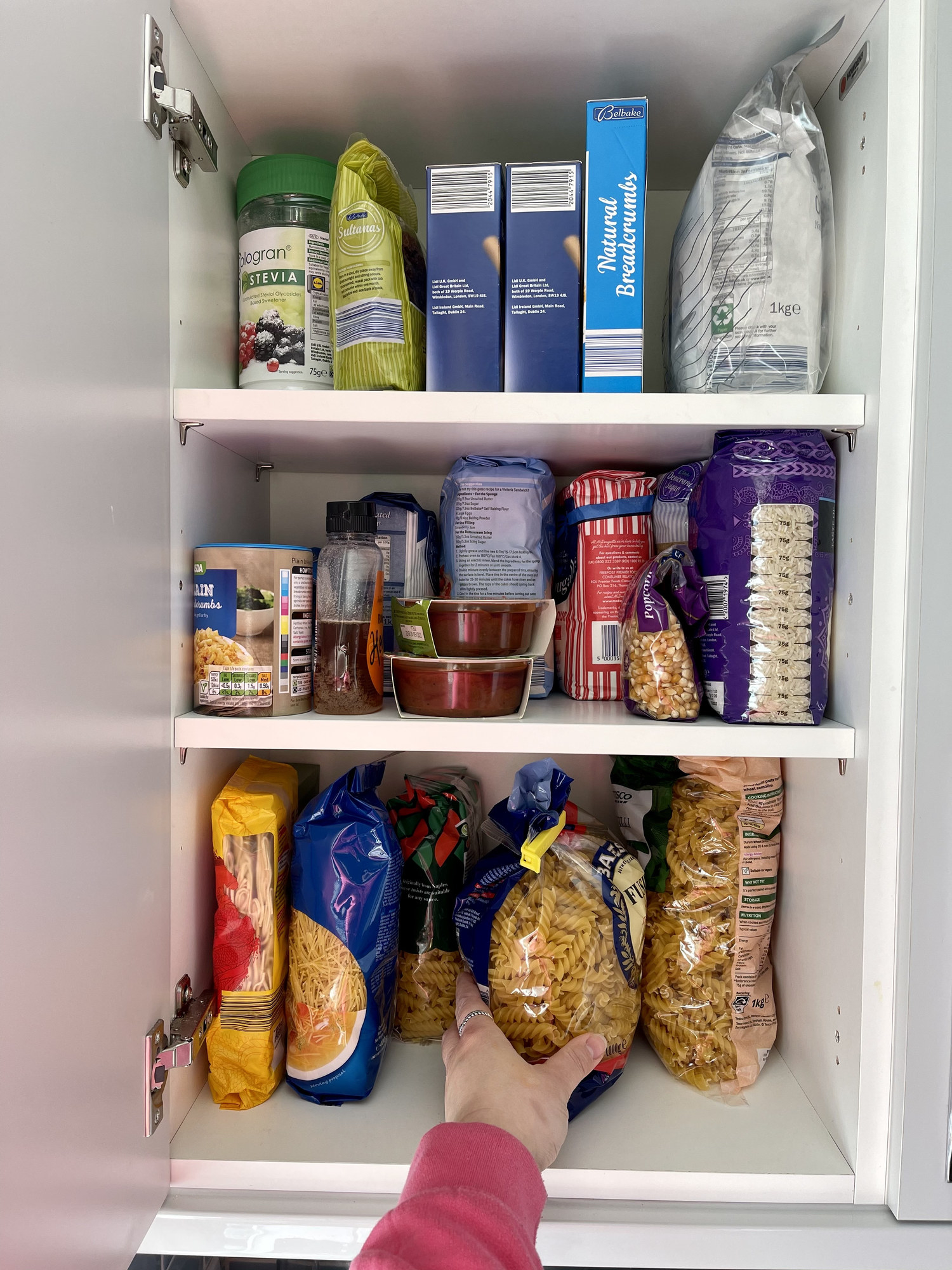
27. "Use your local grocery store's pickup service. I've found this works well for me. I get anxiety going into the store, then I get overwhelmed and forget things. Large stores like Walmart have free pickup options where you don't have to shop inside the store. It can be extremely convenient."

28. "Store brand products are usually just as good — if not better — than name brand. And they're generally way cheaper."
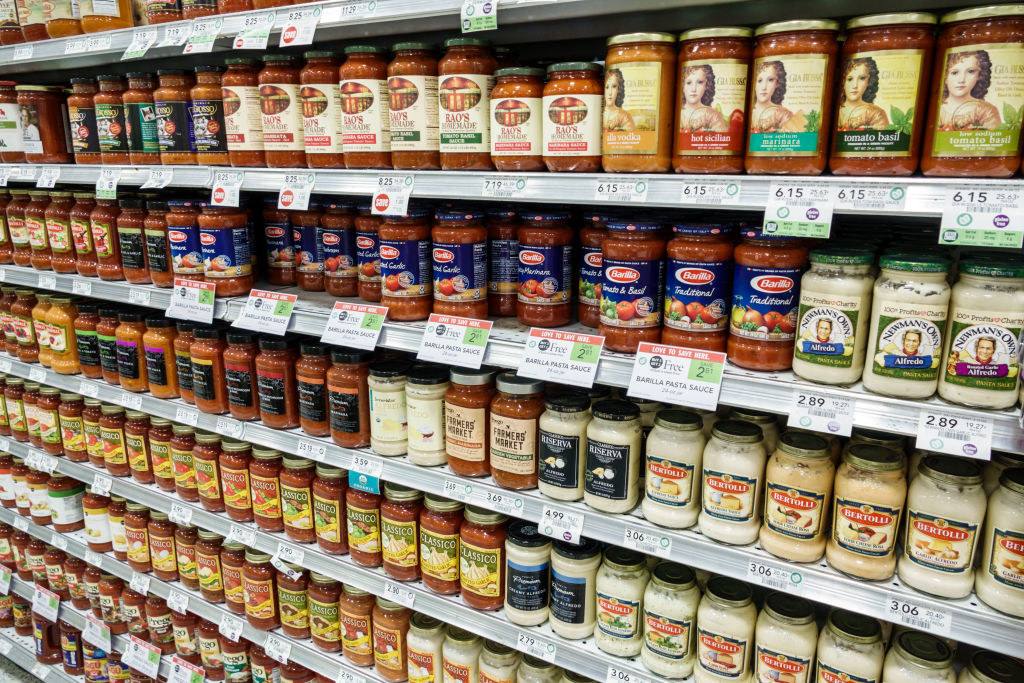
29. "Make 'modular meals.' For example, pretty much every week, I make a batch of a roasted vegetables, a grain (like quinoa or rice), and a protein (beans, tofu, or occasionally fish/meat). Once you've made these three components, you can eat them over and over again. You can change them up by adding interesting dressings, fresh herbs, sprouts, an egg, nuts, cheese, etc..."
